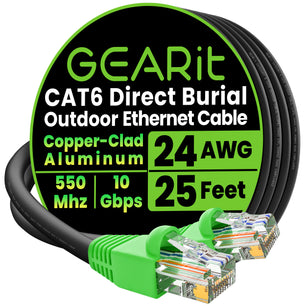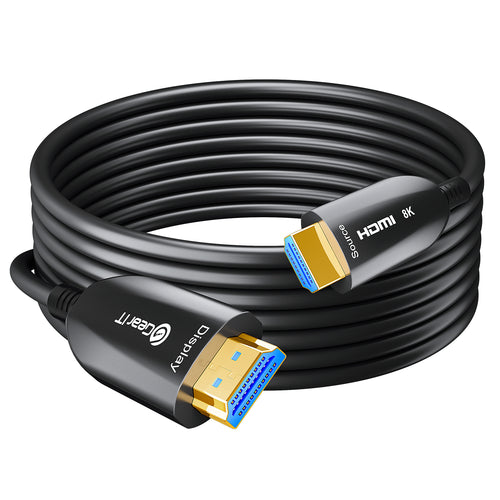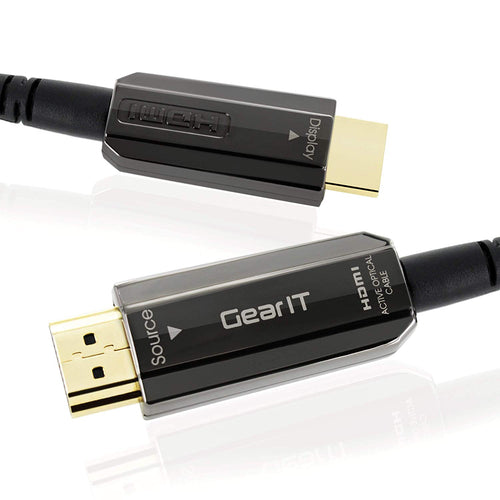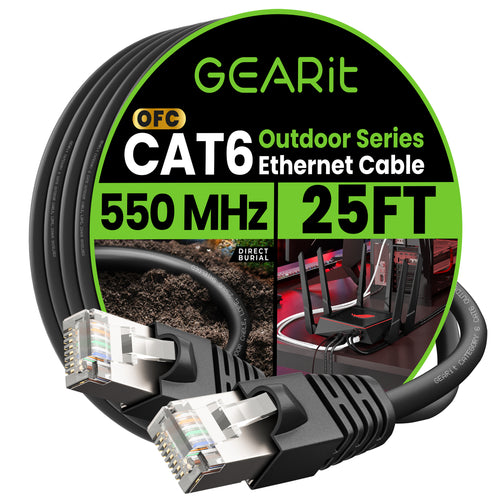
The choice between fiber optic and copper cables can be crucial. These two cable types serve as the backbone of our digital connectivity, whether we’re streaming videos, working remotely, or playing games. Let’s dive into the intricacies of each type and explore their performance characteristics.
Fiber Optic Cables
What Are Fiber Optic Cables?
Core Material: Fiber optic cables consist of a silica glass fiber core, which is incredibly thin (about the width of a human hair).
Data Transmission: These cables transmit data using light signals. The light bounces back and forth within the glass core, while a glass cladding surrounds it to retain the light.
Insulating Layers: Additional insulating layers, including plastic and gel-filled sleeving, protect the core. Colored plastic identifies the cable type.
Fire Resistance: The outer layers provide fire resistance and determine whether the cable is suitable for in-wall installation.
Advantages of Fiber Optic Cables:
High Performance: Fiber optic cables offer much higher data rates compared to copper—several hundred times higher in some cases.
Longer Cable Lengths: They support greater cable lengths without signal degradation.
Reliability: Fiber is less susceptible to electromagnetic interference (EMI), ensuring stable connections.
Durability: These cables withstand pressure better than copper.
Security: Compromised fiber cables are easily detectable, making them harder to snoop on.
Copper Cables
Types of Copper Cables:
Solid Copper Core: Used in coaxial cables, covered by multiple insulating layers.
Twisted Pair Copper: Contains one to four pairs of insulated copper wires twisted together. Various protective layers enclose them.
Advantages of Copper Cables:
Cost-Effective: Copper cables are less expensive, making them ideal for short-distance networking.
Widespread Use: Despite their limitations, copper cables remain common due to their affordability.
Simplicity: Copper cables are straightforward to install and work with.
Choosing the Right Cable
Factors to Consider
Performance: If you prioritize speed, bandwidth, and reliability, fiber optic is the winner.
Distance: For longer distances, fiber optic cables excel.
Budget: Consider the cost; fiber optic cables are typically more expensive.
Application: Choose based on your specific use case—whether it’s a home, data center, or industrial setting.
In summary, fiber optic cables are the premium choice for high-performance, long-distance, and secure networking. However, copper cables still have their place, especially for short-distance connections. When deciding, weigh the pros and cons carefully to ensure optimal connectivity for your needs.
Remember: Whether you’re streaming cat videos or managing critical business data, the right cable matters!



























































